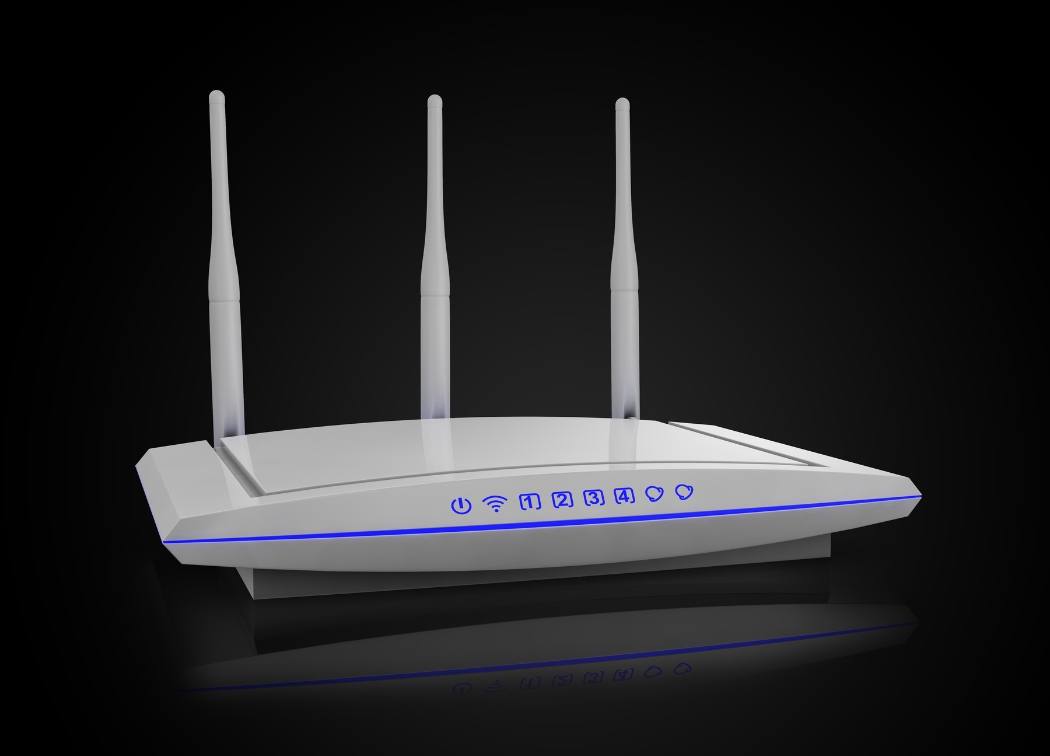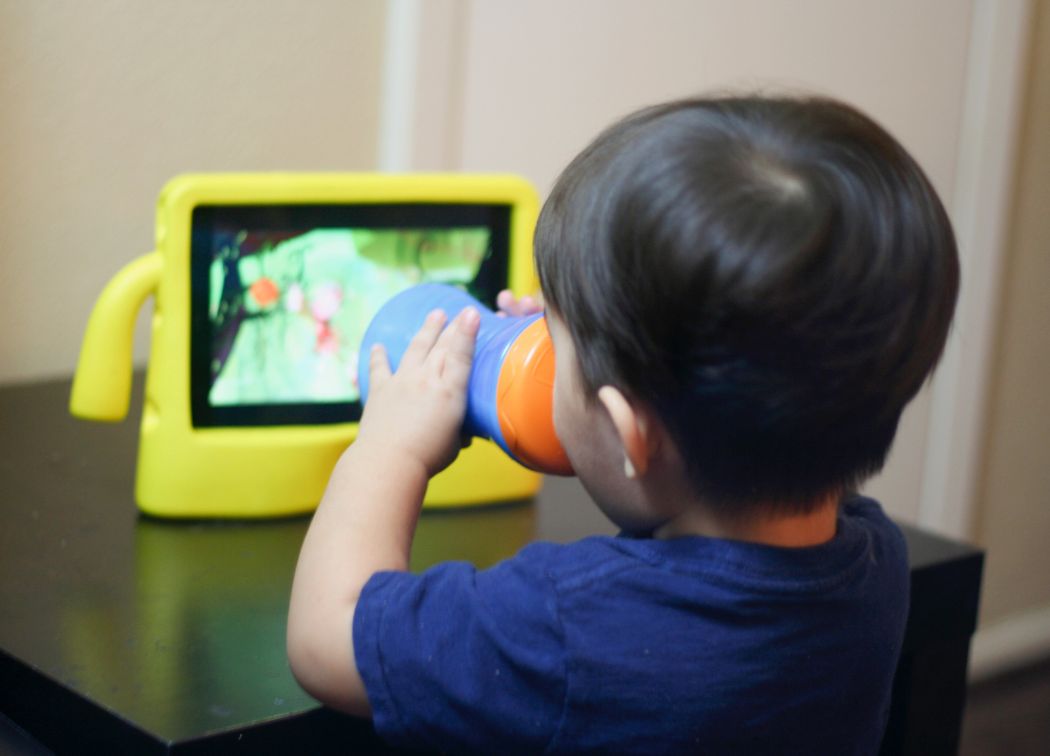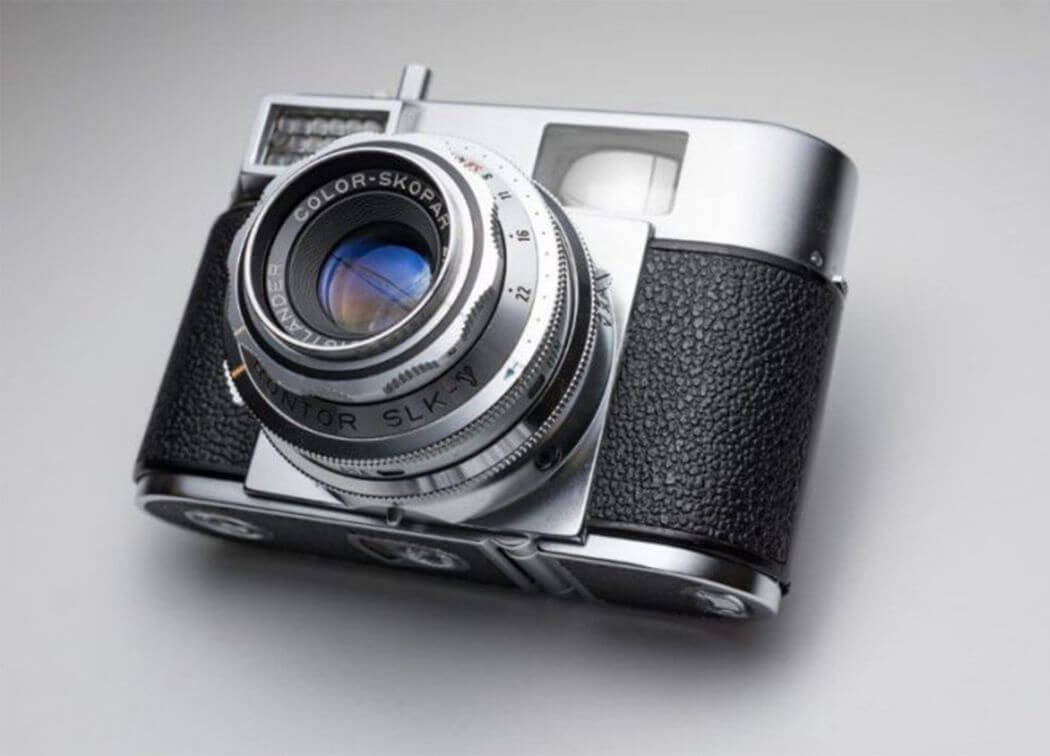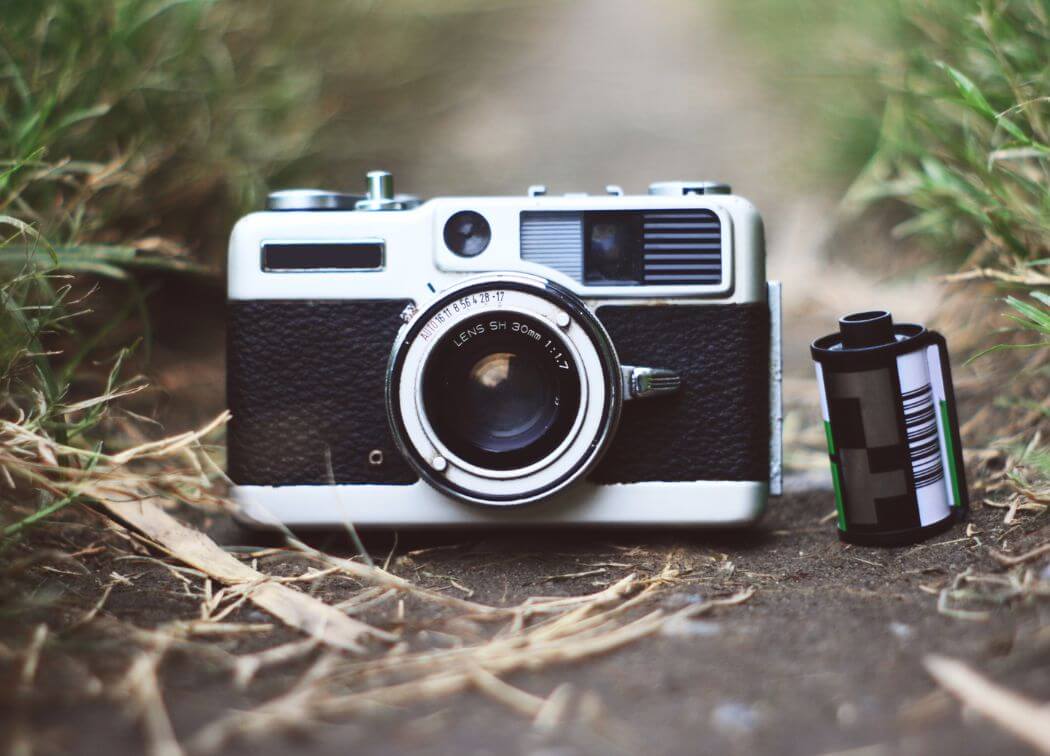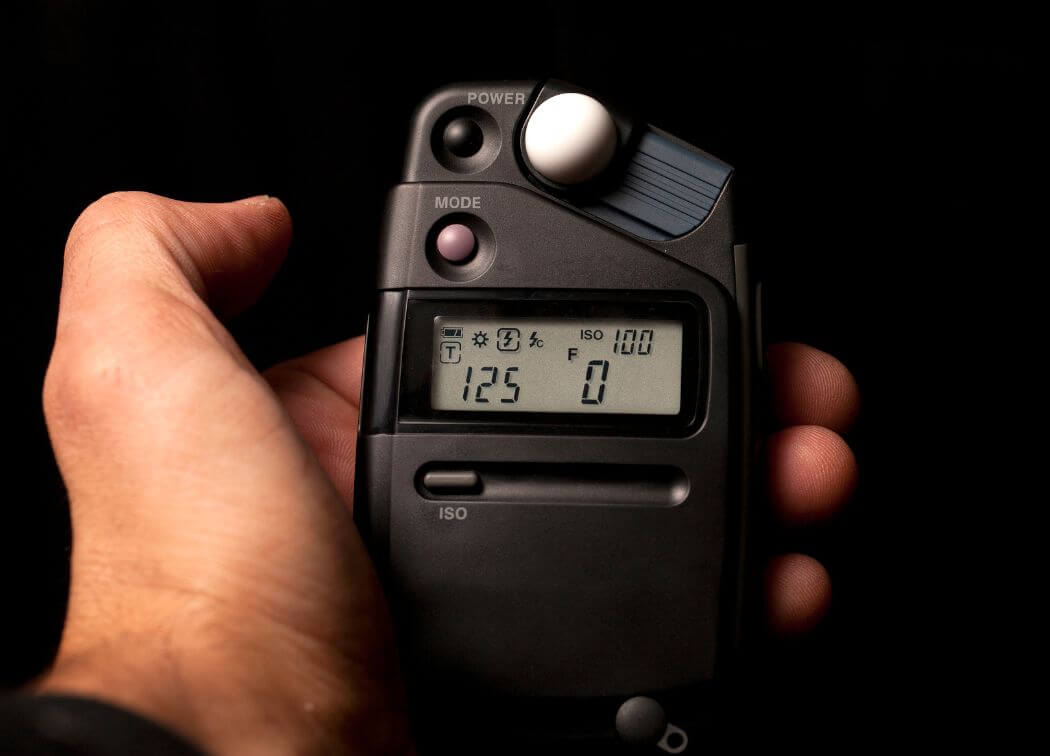What does ISO mean in photography? This is the main question that we usually heard from many people.
The ISO in photography is one of the most important factors that directly influence a picture with the shutter speed and aperture.
The important factors are known as the “exposure triangle” since by modifying one or the other you will get the exposure you need for each image.
Maybe 90% of the photos you take are made with ISO 100 or with automatic sensitivity, but today you will see how this option of your camera can help you and how to use it.
Understanding about what is ISO in photography is essential to learn how to operate the camera manually or to understand how its values affect the final image, it could be said that it is the least understood and most wrongly used factor.
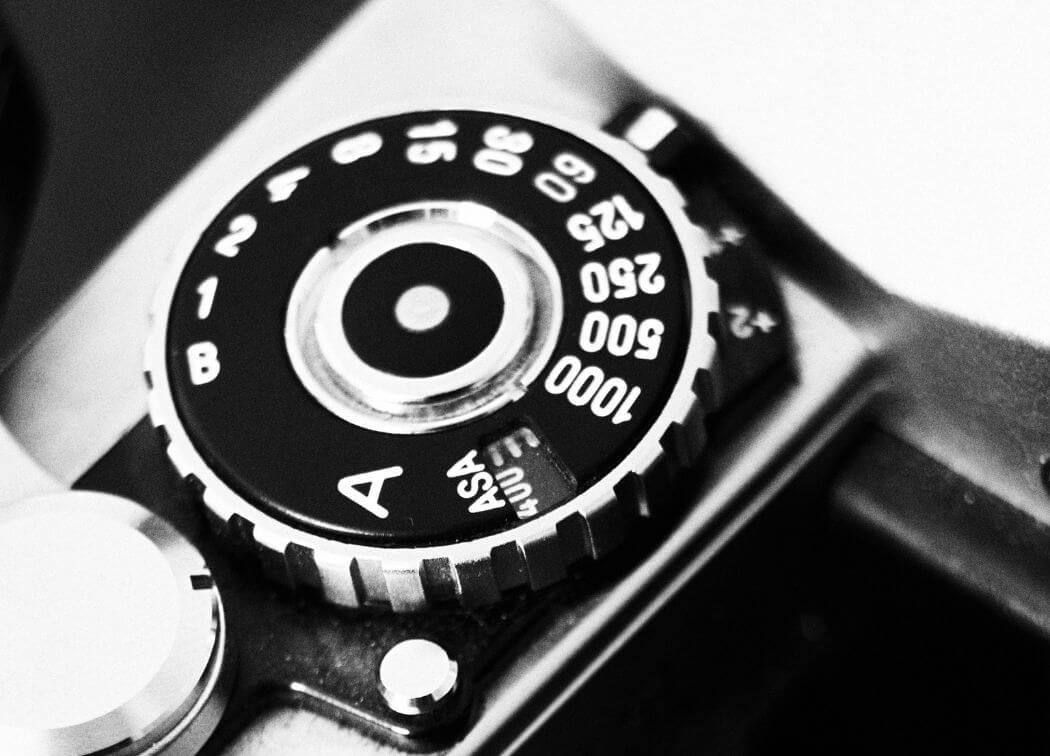
How does ISO do?
I would like you to have a photograph in your head during the whole article, right?
Now focus on its light, to get that light either manually or with the camera in automatic mode, three parameters have had to be adjusted:
- Shutter speed.
- Diaphragm opening
- ISO sensitivity
Let’s do a quick review, what is ISO camera
With the shutter speed, you indicate the exact time in which you will let the light pass to the sensor, with the diaphragm you adjust the width of the “window” through which the light will enter (in addition to the depth of field ).
And with the sensitivity ISO on a camera increases or decreases the sensitivity of the sensor to capture the light, that is, if you set an ISO in the photography of 800, your camera will be more sensitive to light, it will capture much more light than an ISO 100 with the same speed and aperture.
The values of ISO on a camera are set to 100, 200, 400, 800, etc., as the value increases, less light is needed to get the exposure you need while maintaining the same diaphragm and speed.
In some cameras, you can fit more precisely, 50, 250, 640, etc.
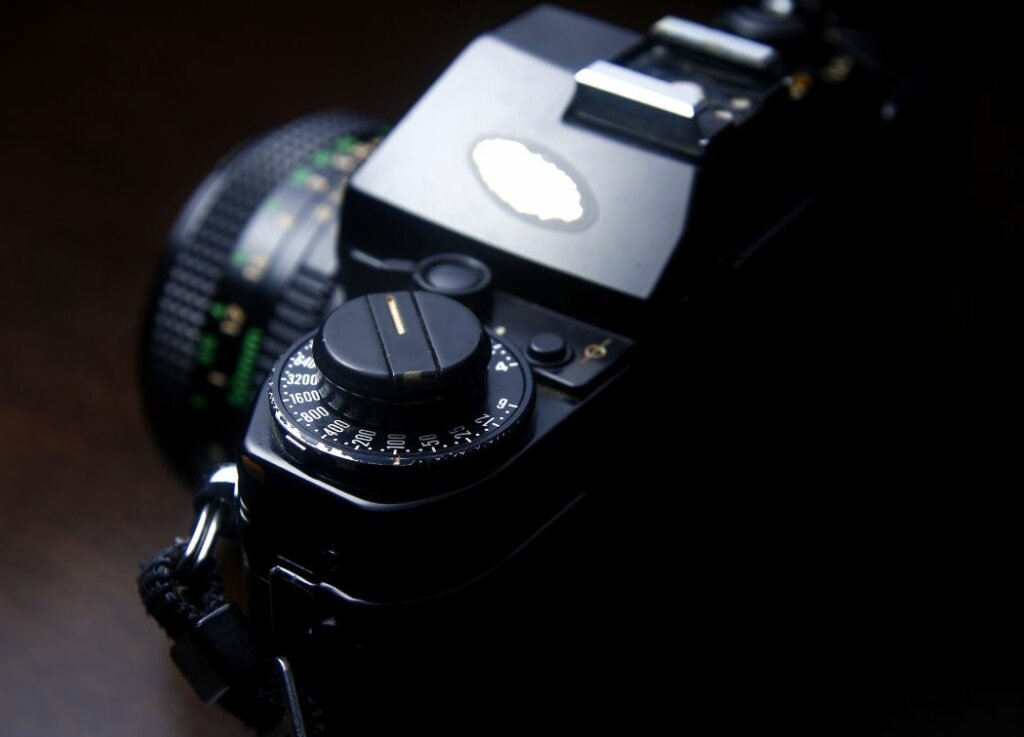
Working with the values of ISO on a camera?
I will give you a typical example with which you usually understand quickly.
Imagine that I want to take a picture with f / 8 diaphragms, to get the “correct exposure” I need to let a certain amount of light pass to the sensor for a certain time (shutter speed).
Now I ask you to squeeze the imagination further and imagine that this correct exposure is a glass full of water to the top, the water being the light and the diaphragm the flow of the tap (which we will keep f / 8 all the examples). Remember, when you finish filling the glass the photo will be exposed.
With ISO 100 (low sensitivity) I have a very large container that will take longer to fill, which is a slow shutter speed for example 4 seconds and with ISO 200 (more sensitivity).
I have a smaller container that will need less time to fill and get the desired exposure, in this case, half, 2 seconds.
If we increase to ISO on camera to 400, we need half the time to ISO 200, 1 second and so on. Each ISO step is half or twice as long as the previous one as you reduce or increase the ISO number.
What do you get with ISO Sensitivity?
If increasing or reducing the values of ISO in photography then it makes the camera more or less sensitive to light, you can capture many more situations than before understanding how it worked, for example:
Low light scenes in which if you adjust very long shutter speed, the photo may appear shaken or shaken.
There are situations in which even opening the diaphragm f / 2.8 (increasing the width of the window through which the light enters) is not enough, we need more light.
It is at these moments when adjusting a higher ISO sensitivity allows us to maintain “correct” shutter speed and aperture values so that the photo comes out focused and sharp or with the desired depth of field.
Moves very fast: Imagine that you are photographing a car race and you are not able to freeze the movement of how fast cars pass.
You adjust your shutter speed as quickly as possible and open the diaphragm to the maximum, now it turns out that the photo is dark because not enough light passes because it is very fast speed.
What you really need is to increase the ISO sensitivity to make the sensor more sensitive to light and to be able to shoot at such fast shutter speeds without the photo appearing dark.
Night photography: It is one of the photographic modalities in which you will “play” with the values of ISO on camera.
Increasing the sensitivity when photographing stars will make you capture many more and even more important, that they do not appear in the form of traces due to very long exposures.
Get the depth of field: You may need to shoot at a certain aperture of the diaphragm so that everything is in focus or blurred background.
Once again increasing the shutter speed while closing the diaphragm will compensate for the reduction of light.
If you reduce the width of the window through which the light will enter, you will have to make your camera more sensitive to light to compensate, easy, right?
Disadvantages, noise in the photographs:
Not everything was going to be good although what I’m going to tell you isn’t that bad either.
The digital noise is those dots that appear in some photographs, it is very similar to the grain of analog photography.
The more you increase the ISO sensitivity, the more definition, dynamic range and contrast you will lose and there will be more chances of noise.
I would simply like you to remember two fundamental situations in which noise appears:
High sensitivities: Each camera makes different noise management, so I recommend you try and discover the limit of your camera. My Canon 600D from ISO 800 has a brutal drop in quality; however, the latest camera models at these sensitivities maintain a more than acceptable quality.
Temperature noise: This occurs especially in summer with high temperatures, when you make continued use of the camera or demand too much the sensor can get hot and therefore noise may appear. In long exposures of the night photography, you also run the risk of noise, so I advise you to let the camera cool down after a few shots.
Conclusion
At this point, you will understand that it is best to shoot with a low ISO sensitivity or at least as small as the scene allows.
Use the shutter speed and aperture of the diaphragm (within the limits) so you don’t have to increase the ISO on a camera, but NEVER sacrifice the result you are looking for because you don’t want to increase the sensitivity. If the photo requires being done f / 16 because you need depth of field, do not hesitate to do so.
Reducing noise in Lightroom or any photo editing the program can work as long as it is not an exaggerated noise.
If we go to the time of applying the noise reduction the image will appear smoothed and with little sharpness, so do not trust this technique much.
In short, do not be obsessed with shooting at low ISOs, if the scene does not allow it, it is preferable to capture it with noise than not, at least it is my opinion.

